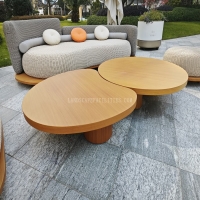Welcome to the website for landscape facilities products and knowledge.
How does the bin’s design prevent the waste from becoming a slipping hazard in sandy conditions?
In sandy environments, traditional waste bins often pose slipping hazards due to scattered debris and unstable footing. However, modern bin designs incorporate several key features to mitigate these risks.
1. Weighted Base: Many bins designed for sandy areas feature a heavier base or anchoring mechanisms to prevent tipping and keep the bin stable, even in loose sand.
2. Raised Edges: The opening of the bin is often elevated slightly above ground level, reducing the chance of sand and waste spilling onto the surrounding area.
3. Non-Slip Materials: The exterior and interior surfaces may use textured or rubberized coatings to minimize slipping when users approach or interact with the bin.
4. Secure Lids: Tight-fitting or locking lids prevent wind or animals from scattering waste, which could otherwise create slippery patches.
5. Drainage Holes: For coastal or wet sandy areas, small drainage holes allow liquids to escape, preventing puddles that could freeze or become slick.
By integrating these design elements, modern waste bins effectively reduce slipping risks while maintaining functionality in challenging sandy conditions.
Related search:

Recommendation
Elliptical metal outdoor table with nested design, resembling wood grain, round table